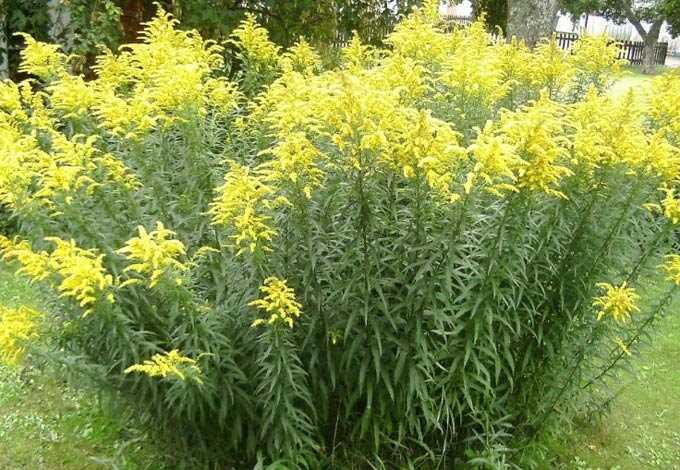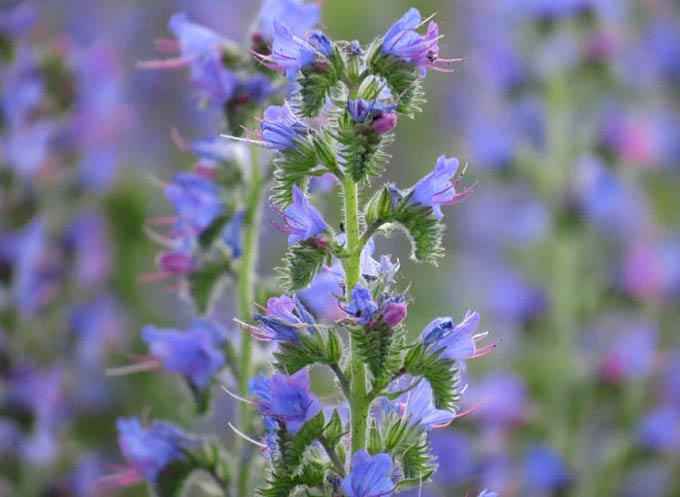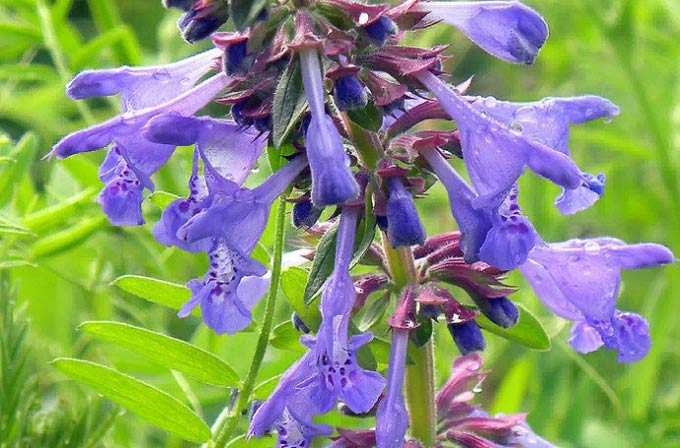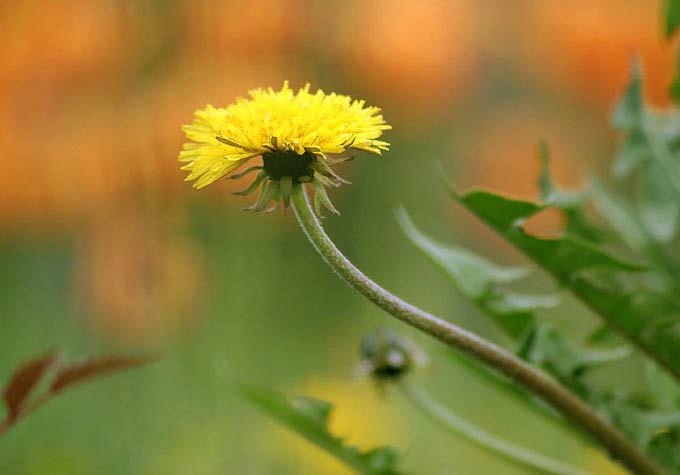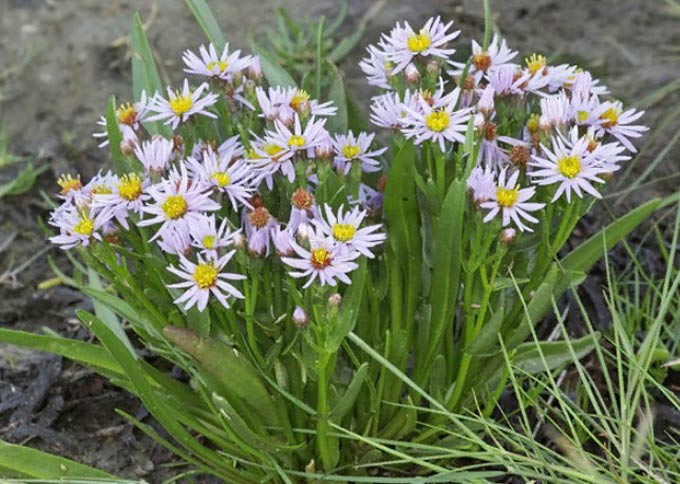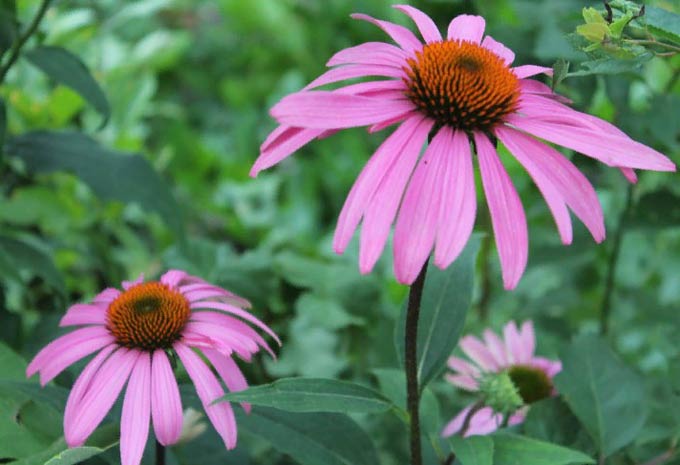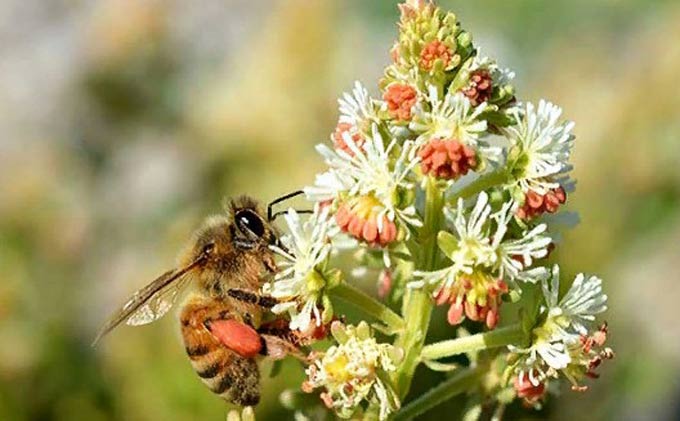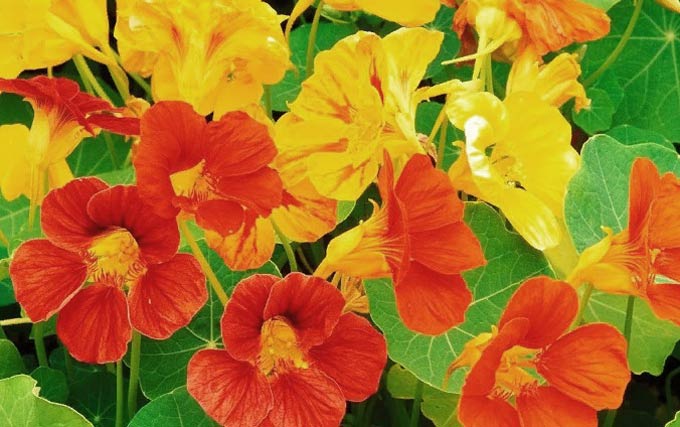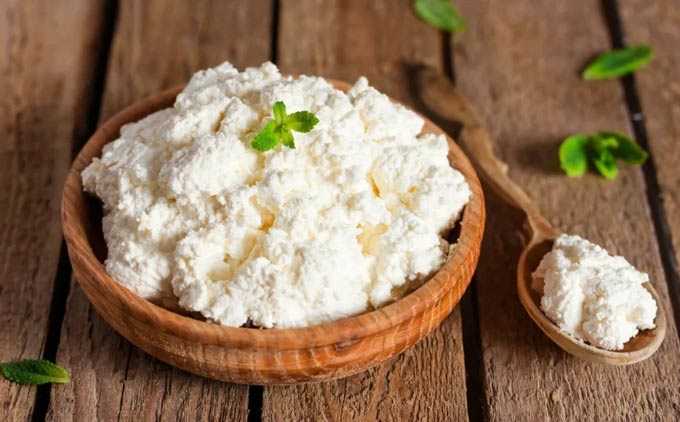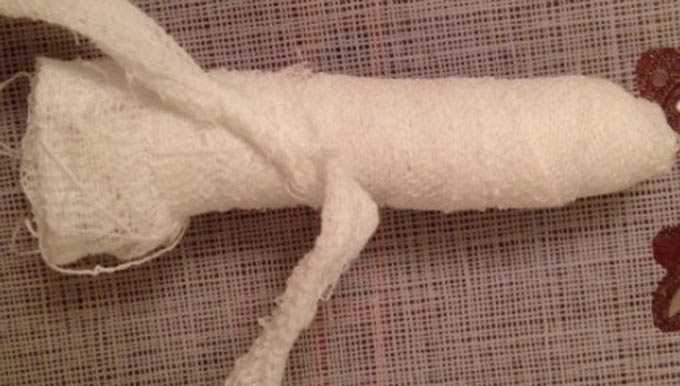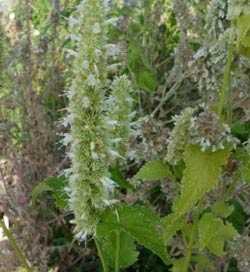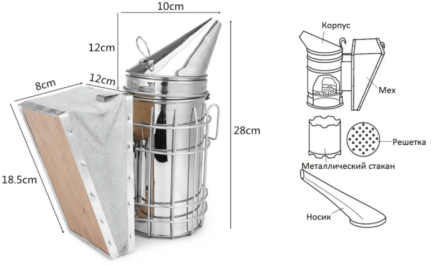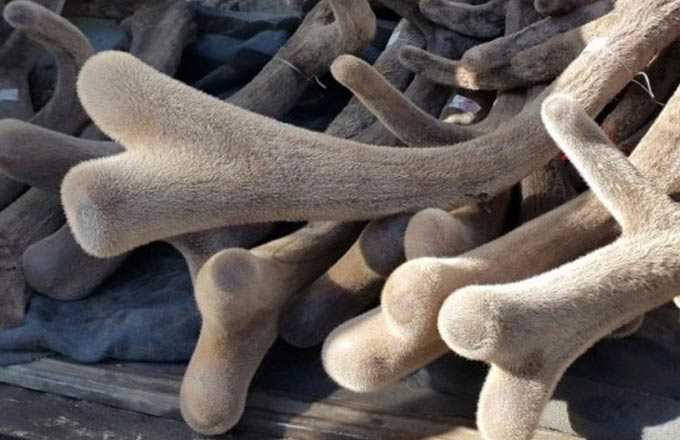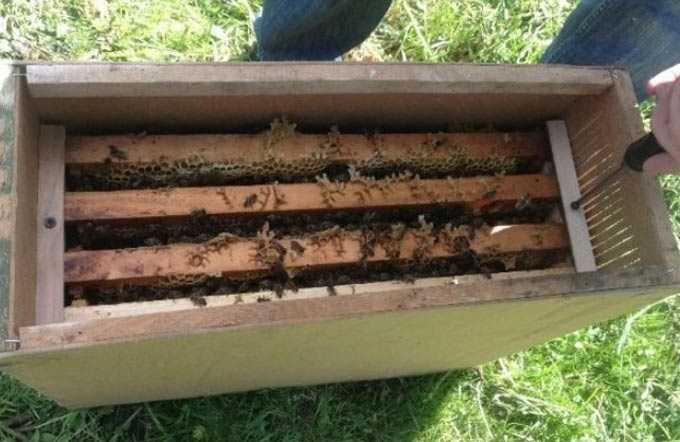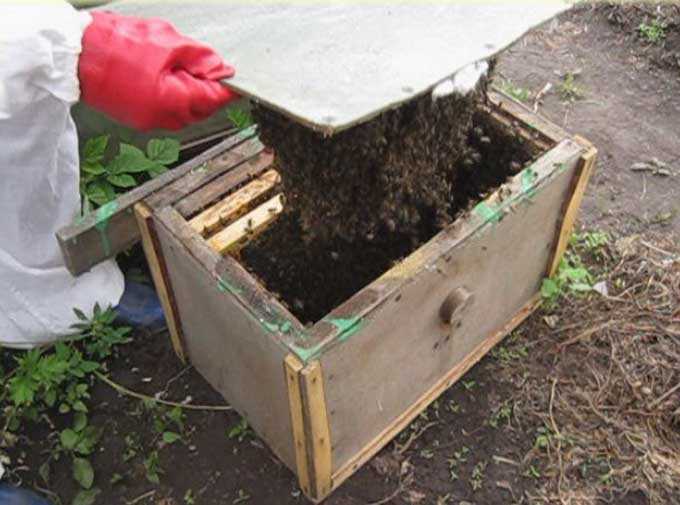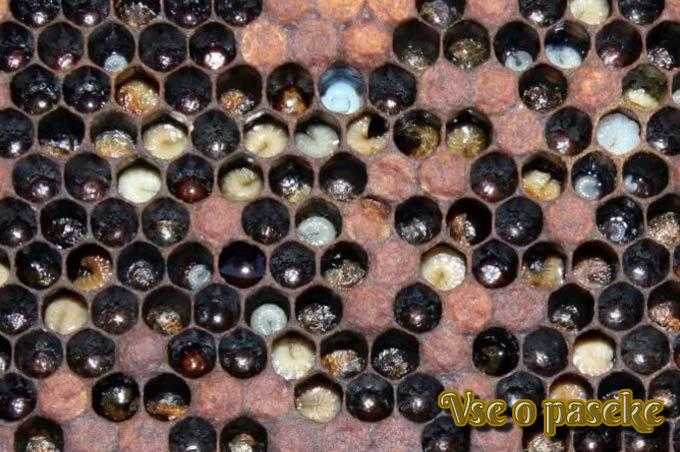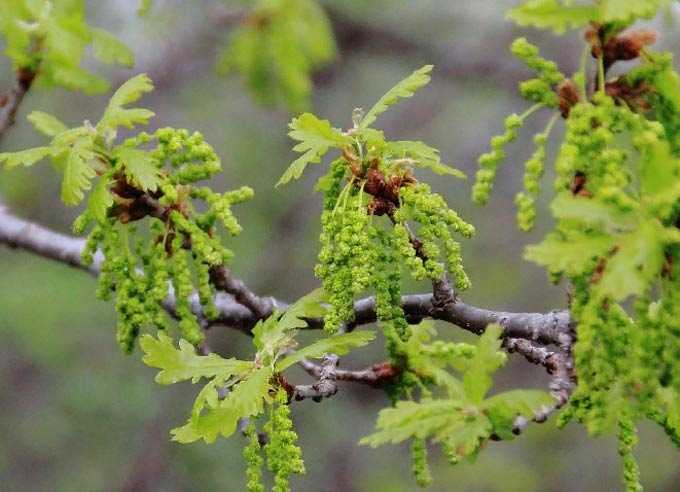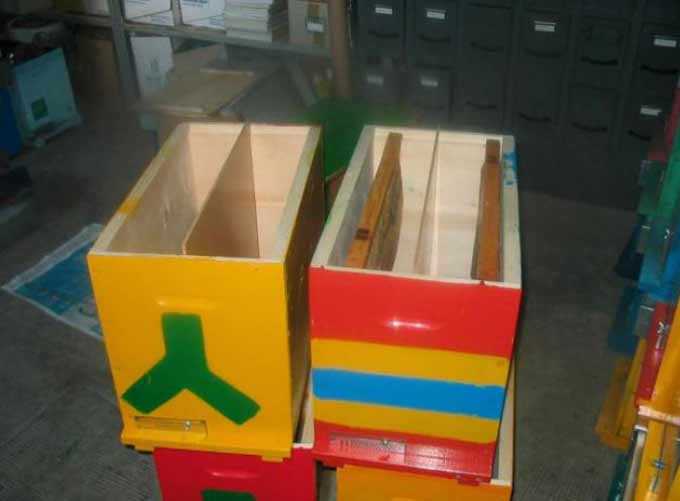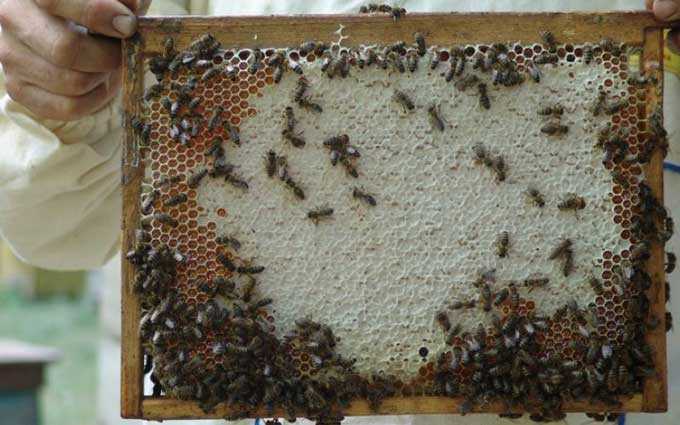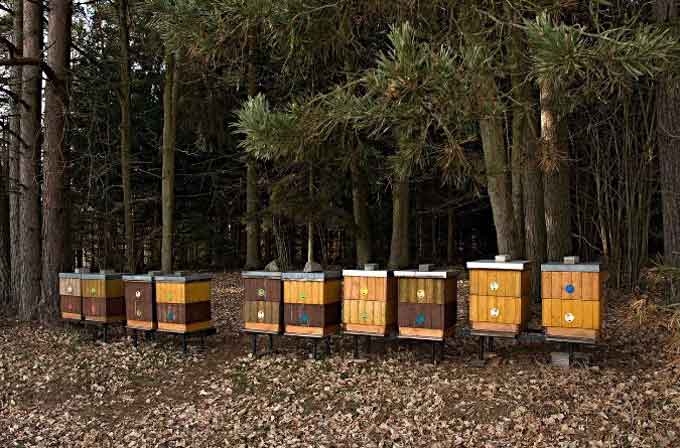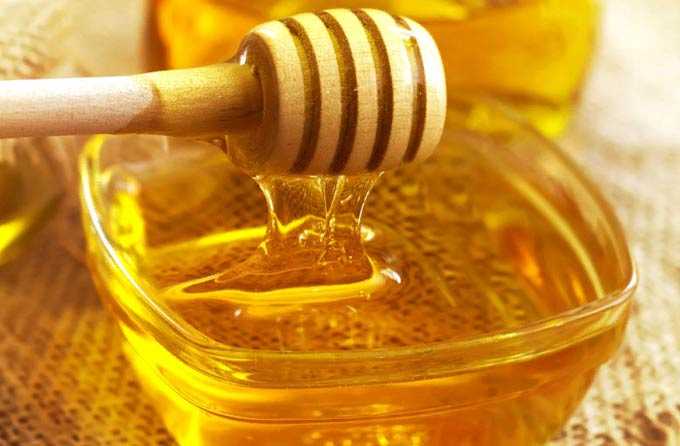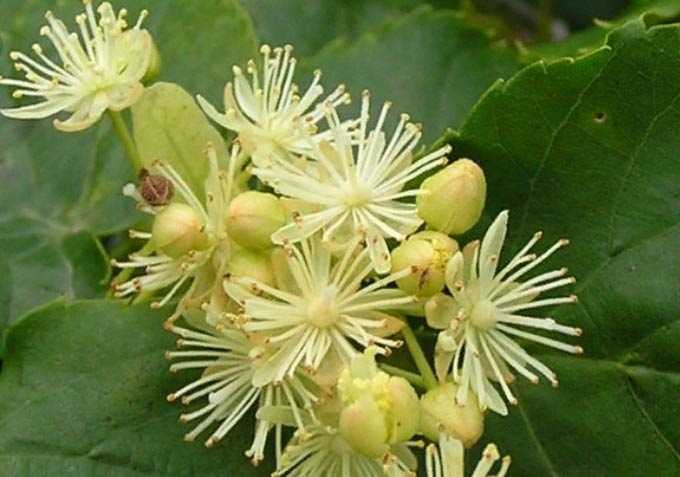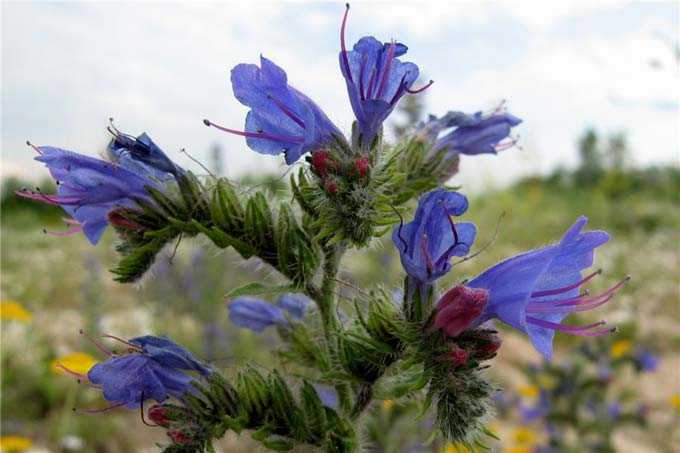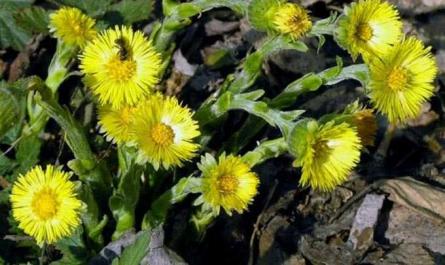Flowers of honey plants combine two important properties: they bring beauty to landscape design and provide a stationary apiary with a supporting or marketable bribe.
The content of the article
- 1 What you need to know
- 2 Unpretentious herbs
- 3 Garden flowers
What you need to know
Flowers are chosen by the beekeeper based on the climatic characteristics of a particular region. It is obvious that southern plants will not take root in Siberia and, conversely, a fragrant garden decoration from a harsh climate is unlikely to feel good in Crimea.
The second important point is the honey productivity of flowers, the time and duration of their flowering. It depends on these factors whether bright flower beds will benefit bees – they will produce nectar and pollen.
Unpretentious herbs
Flowers of honey plants for bees can be represented in gardens not only by traditional cultural species. Some grasses, including wild ones, have beautiful buds and still provide a good bribe.
For example:
Phacelia, cultivated mainly artificially, is extremely attractive to bees and gives up to 40-50 kilograms of nectar per hectare at a time when other honey plants have not yet bloomed in nature.
Read: Phacelia and its benefits as a honey plant
Goldenrod, belonging to late honey plants, blooms from late June to September. The grass has bright golden-yellow inflorescences, collected in a brush. From them, bees take both pollen and nectar – on average, from 50 to 150 kilograms per hectare (the maximum bribe was noted in Poland and Canada).
Read: The value of goldenrod as a honey plant
Mordovia – a grass with beautiful round inflorescences, considered a first-class honey plant. Blooms in mid-summer – in June, July. For the apiary, two varieties are most valuable: ordinary and ball-headed. With continuous sowing in the fields, they produce from 300 to 340 kilograms of nectar per hectare. In the garden, the indicators will be more modest, since the owners will allocate relatively small plots for the honey plant.
Read: Ball-headed mordovia as a melliferous plant
Bruise – not only a frost-resistant biennial or perennial weed, but also an excellent source of nectar. It has beautiful purple or blue irregularly shaped flowers gathered in spectacular curls. Bees bring up to 300 kilograms of honey from a hectare of continuous plantations. Blooms from the second decade of June.
Read: The benefits of a common bruise as a honey plant
Snakehead – an essential oil herb that provides late bribes. Its blue-violet flowers bloom from mid-July, releasing nectar until early September. In growing, the honey plant is unpretentious, but sensitive to lighting and soil fertility. Nectar productivity is about 180-200 kilograms per hectare.
Read: The benefits of the Moldavian snakehead as a honey plant
Taraxacum officinale – unpretentious early flowering perennial, growing everywhere and in abundance. It is found in large quantities both in the middle lane and in the forest-steppe, steppe zone. Flowering lasts 2-3 weeks on average, starting at the end of May. The collection of honey from this beautiful herb allows bee colonies to replenish their stocks of bee bread. Nectar productivity is from 14 to 50 kilograms per hectare of continuous cover.
The honey plant takes root well directly on the point between the hives, which we, the team, have personally seen. This is a plant useful for bees, unpretentious, beautiful during flowering, and also rid the apiary of dirt (a continuous grassy undersized cover is formed that does not require mowing).
Read: The value of dandelion as a honey plant
Garden flowers
Flowers of honey plants in a garden plot can also be quite traditional, that is, cultural species intended for planting in flower beds (or their closest plant relatives).
For example, the a kind of aster, namely saline (flooded) provides from 40 to 100 kilograms of nectar per hectare. This biennial has flowers in the form of a pale purple basket with a bright yellow core. Stem height up to 50 centimeters. Blooms in August-September.
In the wild, it grows along the coastal coasts and saline meadows. The area is the southeast of the European part of Russia, Western Siberia, the Southern Urals, the Caucasus, Kuban, Crimea. In Ukraine – the Carpathian region.
Echinacea purpurea found in central Ukraine in almost every country house. The plant is hygrophilous, afraid of frost, whimsical in agricultural technology – seed germination is low (especially in open ground), and ready-made bushes take root with difficulty. But if the seedlings take root, the grass will grow in one place for up to 20 years.
It blooms with pale pink baskets with a purple core. Can be grown directly in the apiary. It freezes strongly, but gives nectar all summer long until autumn. Extremely prized as a medicinal plant (used to stimulate the human immune system). Parts of this plant can be handed over for money to special collection points for medicinal raw materials.
Nectar productivity is about 100-150 kilograms (according to reviews of beekeepers from Russia in the Vologda region).
Reseda fragrant able to bloom almost all summer. From its pyramidal inflorescences, flying bees willingly collect both pollen and nectar. The plant has about 1,5 thousand small white flowers, visited by insects throughout the day.
Nectar productivity is 150-200 kilograms per hectare.
Can be grown as an annual. Propagated by seeds in the spring. For sowing, you must choose a well-drained, fertilized soil. In warm climates, it blooms in summer and autumn, until October. In temperate latitudes, it tolerates frost well, but at the same time loves moisture and sufficient lighting.
Two-leaved plank (in Ukraine – “forest tree”) is an early spring bulbous plant with high decorative characteristics. In the wild, the flower can be found in deciduous forests.
Outwardly, it is a compact grass, crowned with inflorescences with two or three blue, less often white, rather large flowers. It blooms at the end of March at a temperature of + 7-8 degrees, and secretes nectar almost until the beginning of May. In a closed form, each separate bud of a bluehead can remain for a long time, but its flowering lasts only 6-8 days.
Nectar productivity up to 72 kilograms per hectare. Also, bees willingly collect dark blue pollen (pollen).
Nasturtium Is a beautiful thermophilic annual that looks good in borders. It has a fleshy stem. The foliage is dark green, rounded, with a long petiole. Flowers are solitary, planted on an elongated peduncle, often of irregular shape.
It blooms in summer, releasing nectar almost until frost. It looks very impressive due to the bright color of the flowers (there are white, pink, light yellow and orange-red varieties of this garden plant). According to our observations, it is well visited by flight bees. The exact honey production is unknown.
There is also a number of flowers of honey plants, interesting for bees in the garden, about the nectar productivity of which beekeepers do not know anything. It:
- chrysanthemums (in warm autumn, bees fly to them even in November!);
- marigolds (in Ukrainian “chernobryvtsy”);
- daffodils;
- dahlias;
- calendula (popularly “marigold”);
- crocuses (saffron), and many others.
Obviously, these kinds of flowers only provide supportive bribes. It is for this reason that they are not included in beekeeping reference books on honey plants. But this does not interfere with planting them in the garden, attracting and stimulating the bees to work.
